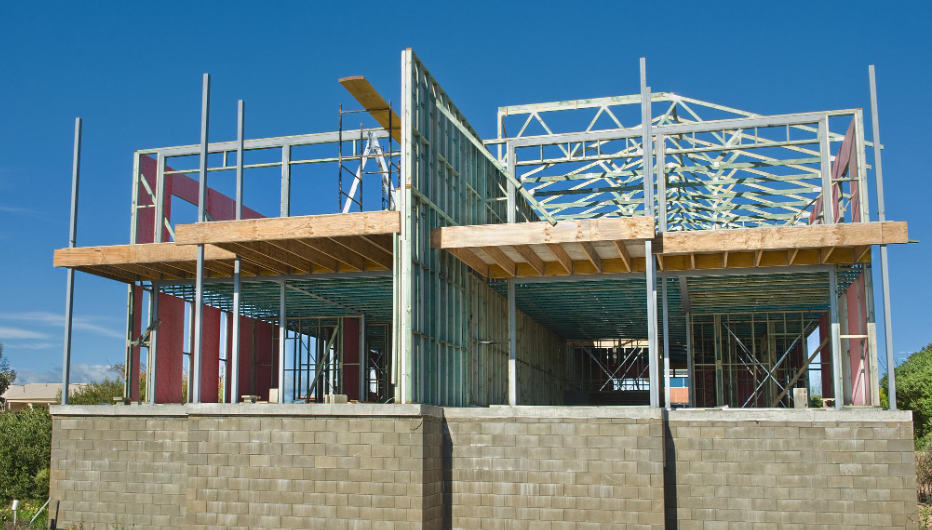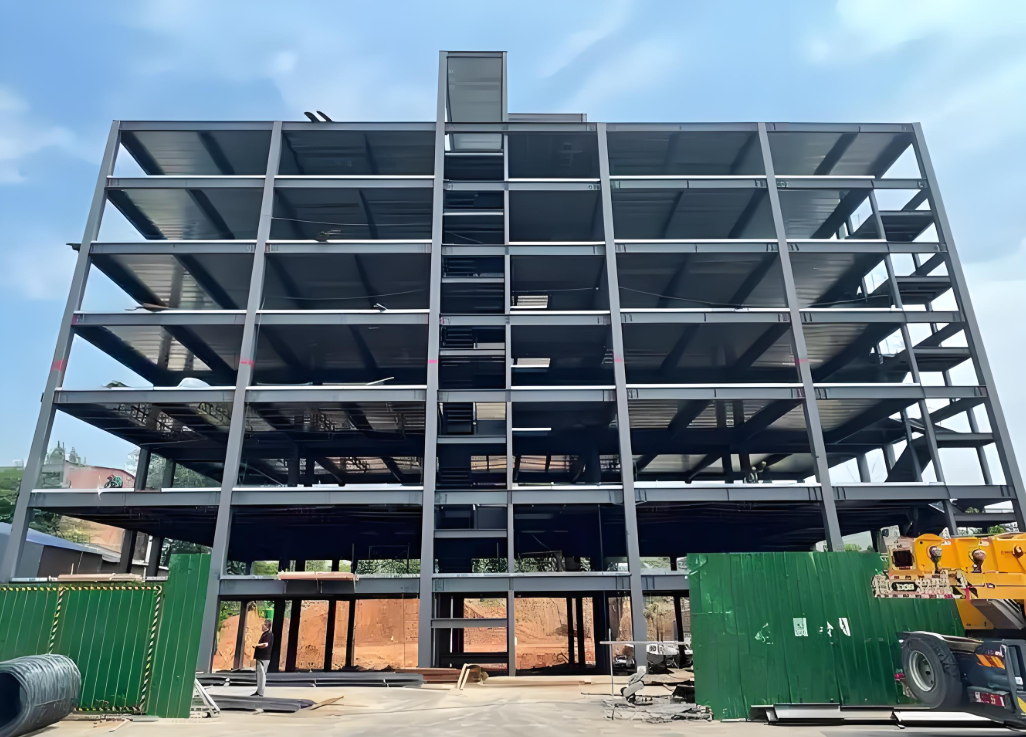How to Prevent Corrosion in Building Steel Structures?
Under normal conditions, steel structures with protective coatings exhibit minimal or slow corrosion, with some buildings lasting centuries. However, under specific circumstances, corrosion can progress rapidly, leading to structural failure within years or even shorter periods. The corrosion process typically follows these stages:
Micro-cracks and pores form in the protective layer, causing it to peel off and allowing harmful agents to penetrate.
Initial rusting of the steel structure occurs.
Severe corrosion develops.
Structural performance degrades, leading to component or system failure.
Anti-corrosion measures generally focus on two aspects:

1. Corrosion Level-Based Strategies
Steel structure corrosion is categorized into four levels: severe, moderate, mild, and negligible.
Severe corrosion (e.g., industrial environments with high CO₂, SiO₂, or H₂S concentrations): Rapid material degradation necessitates surface isolation protection (e.g., coatings, cladding).
Moderate corrosion: Gradual material loss requires enhanced component thickness or basic surface protection.
Mild corrosion: Slow corrosion progression still demands preventive measures.
Negligible corrosion: No visible or significant corrosion; protective measures may be omitted.

2. Critical Process Controls
A. Surface Preparation
Ensure substrate treatment meets design specifications, such as using alkyd paints, zinc-rich epoxy primers, or galvanizing.
B. Temperature and Humidity
Coating application must adhere to product requirements:
Ambient temperature: 5–38°C.
Relative humidity: ≤85%; no painting should occur when surface condensation is present.
Avoid rain exposure within 4 hours after coating.
C. Coating Thickness and Quality
Coating thickness must align with design specifications.
Prepare spray materials daily and follow anti-corrosion coating standards.
Select coatings resistant to specific environmental agents (e.g., chemicals, moisture) to ensure durability.
D. Performance Considerations
Evaluate coating compatibility with operational conditions (e.g., chemical exposure, UV radiation) to optimize corrosion resistance.
By integrating these strategies, the service life and safety of steel structures can be significantly enhanced, even in aggressive environments.



